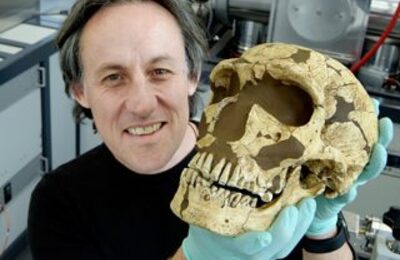HEAS Head Tom Higham et al. publishes on Rapa Nui (Easter Island)
More On Article
- "Archäologie am Berg". Public Weekend of Archaeology in Hallstatt in September.
- 2023 CALL FOR NOMINATIONS - The Rohlf Medal
- 20th anniversary of the Laboratory for scanning electron microscopy at the Vienna Institute for Archaeological Science (VIAS), University Vienna, 14.11.2024, 15:00
- 3D visualization of bioerosion in archaeological bone
- A comparative archaeometric study of Late Bronze Age Black Lustrous and Red Lustrous Wheel-made wares from the Eastern Mediterranean

Rapa Nui (Easter Island) with its gigantic statues and treeless landscape has fascinated researchers for centuries. A new genetic study published in this week’s Nature disproves the popular theory that the Rapanui population collapsed as a result of an “ecocide”—a human-caused environmental suicide—and shows that the Rapanui admixed with Indigenous Americans centuries before Europeans arrived on the island.
Ancient Rapanui genomes reveal resilience and pre-European contact with the Americas.
Media Coverage